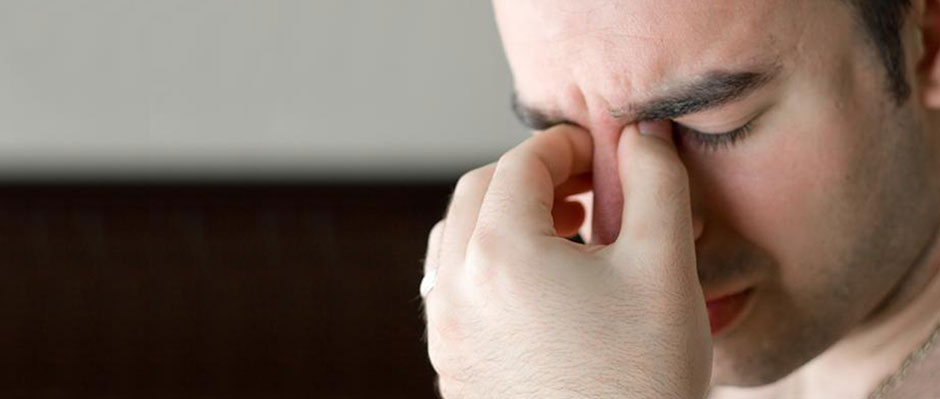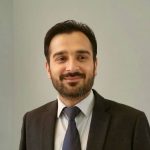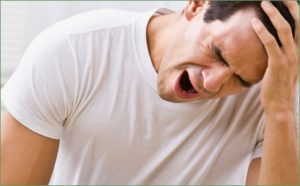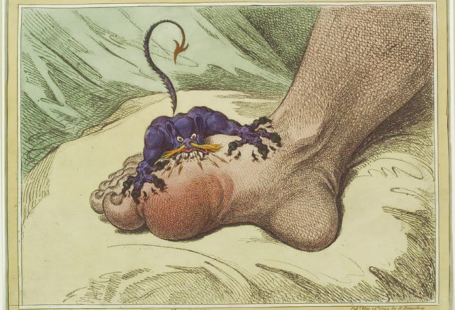
Indications for supplementation in atypical presentations either movement disorder or others:

MBBS, FCPS(Neurology)
Assistant Consultant Neurologist
Shifa International Hospital, Islamabad, Pakistan
Senior Registrar Neurology
Shifa College of Medicine, Islamabad
- Pyridoxine for mild ataxia.
- Pyridoxine for some cases autism.
- Folinic acid and PLP may interestingly help in pyridoxine dependent epilepsy cases.
- Pyridoxine will NOT help PNPO mutations (that’s PLP) but PLP would help in Pyridoxine dependency (ALDH7A1).
- Biotin B7 may help in spastic paraplegia and ataxia (myelopathy presentation in adolescence).
- Biotinidase deficiency should be ruled out in all dyskinesias as it may cause BG calcification. Can ne treated by B7 supplementation.
- Ataxia due to holocarboxylase deficiency treated by biotin as well.
- cerebral folate deficiency can present with wide spectrum of neurological disturbances including movement disorders.
- autoimmune folate deficiency can present primarily by dyskinesias. Progressive ataxia and spasticity.
- Creatine in cases of dyskinesias caused by creatine transporter deficiency.
- Glut1 (here it is KD as intervention) presents with dystonia sometimes.
- NKH may present with chorea. Benzoate can help but no cure.
- serine deficiency may present with ataxia. Serine supplementation may help.
- Menkes disease may present with tremors ataxia head bobbing and seizures. Copper is very useful. May normalize neurological outcome if treated early on.
 Propriospinal myoclonus is a form of spinal myoclonus where the spinal generator recruits axial muscles up and down the spinal cord via long propriospinal pathways. Typically, there are axial flexion jerks involving the neck, trunk and hips with a frequency of 1–6 Hz. EMG bursts are long, lasting several hundred milliseconds. Clinically, it can be distinguished from brainstem myoclonus, which is also axial in distribution, by sparing of the face and insensitivity to auditory stimuli. It typically occurs spontaneously, especially in recumbent position or may be provoked by tapping of the abdomen or by eliciting tendon reflexes. As opposed to segmental myoclonus, most patients with propriospinal myoclonus have no clear aetiology. Symptomatic forms are reported in cervical trauma, tumour or viral myelitis. Psychogenic forms of propriospinal myoclonus are now increasingly recognized. One recent study on a large cohort of patients with idiopathic spinal myoclonus, showed that at least 30% of patients had a definite premovement (Bereitschaftspotential) potential, indicating that the aetiology was psychogenic. In another large series, a psychogenic cause was suggested in 34 out of 35 patients with axial jerks, who were initially thought to have propriospinal myoclonus
Propriospinal myoclonus is a form of spinal myoclonus where the spinal generator recruits axial muscles up and down the spinal cord via long propriospinal pathways. Typically, there are axial flexion jerks involving the neck, trunk and hips with a frequency of 1–6 Hz. EMG bursts are long, lasting several hundred milliseconds. Clinically, it can be distinguished from brainstem myoclonus, which is also axial in distribution, by sparing of the face and insensitivity to auditory stimuli. It typically occurs spontaneously, especially in recumbent position or may be provoked by tapping of the abdomen or by eliciting tendon reflexes. As opposed to segmental myoclonus, most patients with propriospinal myoclonus have no clear aetiology. Symptomatic forms are reported in cervical trauma, tumour or viral myelitis. Psychogenic forms of propriospinal myoclonus are now increasingly recognized. One recent study on a large cohort of patients with idiopathic spinal myoclonus, showed that at least 30% of patients had a definite premovement (Bereitschaftspotential) potential, indicating that the aetiology was psychogenic. In another large series, a psychogenic cause was suggested in 34 out of 35 patients with axial jerks, who were initially thought to have propriospinal myoclonus
Brainstem reticular myoclonus is another rare form of generalized myoclonus. Clinically it may be distinguished from hyperekplexia by the frequent occurrence of spontaneous myoclonus and sensitivity to somatosensory stimuli delivered to distal limbs rather than to the mantle area. It may occur in posthypoxic encephalopathy, brainstem encephalitis and uraemia
Hyperekplexia is pathological exaggeration of the normal startle response, which does not habituate on repeated stimuli. Hyperekplexia may be familial as a result of mutation in the alpha1 subunit of the glycine receptor, idiopathic or symptomatic of brainstem encephalitis, vascular lesions or multiple sclerosis
Sensitivity to somatosensory stimuli delivered to the mantle area (e.g. touching head, face and or upper chest) and visual stimuli may also be present in addition to auditory stimuli which results in falls or loss of tone




